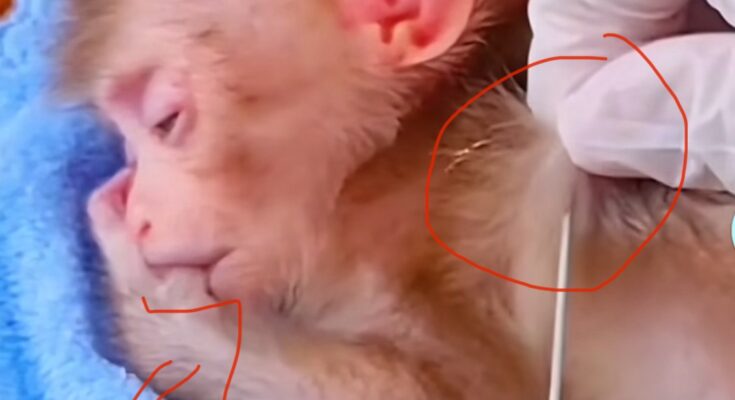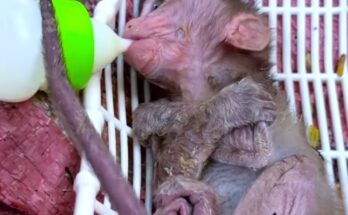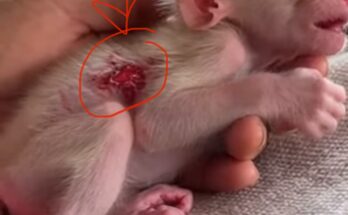Vaccination plays a critical role in protecting non-human primates from infectious diseases, especially in research colonies, sanctuaries, and zoological settings. Baby monkeys (infant or juvenile non-human primates) require special handling and care during immunization due to their small size, sensitivity, and strong emotional responses to stress. Administering vaccines effectively and humanely ensures both the efficacy of the vaccine and the long-term well-being of the animal.
In this article, we outline best practices for safely and effectively injecting vaccines into baby monkeys, with a focus on technique, safety, and animal welfare.
1. Preparation and Environment
Before any injection, the environment should be calm, sterile, and well-prepared. Baby monkeys are highly responsive to stress, so minimizing noise and unfamiliar stimuli is essential. The vaccine should be stored and handled according to the manufacturer’s instructions to preserve its potency.
All equipment—including syringes, needles, and gloves—must be sterile. The veterinary team should have experience handling juvenile primates, and at least one handler should focus solely on calming and securely holding the monkey during the procedure.
2. Selecting the Right Injection Site
For baby monkeys, the most common and effective injection routes include:
- Subcutaneous (SC): Typically between the shoulder blades. This is less invasive and commonly used for primary vaccinations.
- Intramuscular (IM): Usually administered in the thigh (quadriceps) or gluteal muscles. Care must be taken to avoid nerve damage.
- Intradermal (ID): Rarely used but applicable for certain vaccine types or tests like tuberculin skin testing.
The chosen site depends on the type of vaccine, the dosage, and the monkey’s age and weight.
3. Proper Restraint Techniques
Gentle, non-traumatic restraint is key to minimizing stress and avoiding injury. In many cases, hand restraint is sufficient when performed by trained personnel. For particularly active or fearful infants, sedation may be considered, but only under veterinary guidance.
Swaddling the monkey in a soft towel or using a small primate restraint device designed for infants can provide security and reduce movement.
4. Injection Procedure
The following steps ensure a smooth and effective vaccination:
- Clean the injection site with an alcohol swab.
- Use a fine-gauge needle (typically 25–27G) appropriate for the monkey’s size.
- Inject the vaccine slowly, ensuring the correct depth and angle depending on the method (SC, IM, etc.).
- Withdraw the needle gently and apply light pressure with sterile gauze.
- Observe for immediate reactions for at least 15 minutes post-injection.
5. Post-Vaccination Monitoring
After the injection, monitor the baby monkey for signs of adverse reactions, such as swelling, fever, or behavioral changes. Document all vaccine data, including batch number, expiration date, dosage, site of injection, and time.
Conclusion
Vaccinating baby monkeys is a delicate procedure that combines medical precision with compassionate handling. By using species-appropriate techniques and prioritizing animal welfare, veterinary teams can ensure safe, effective immunization, contributing to healthier primate populations and more reliable research outcomes.
Proper training, preparation, and post-care are not only best practices—they are ethical imperatives in the care of our closest evolutionary relatives.



